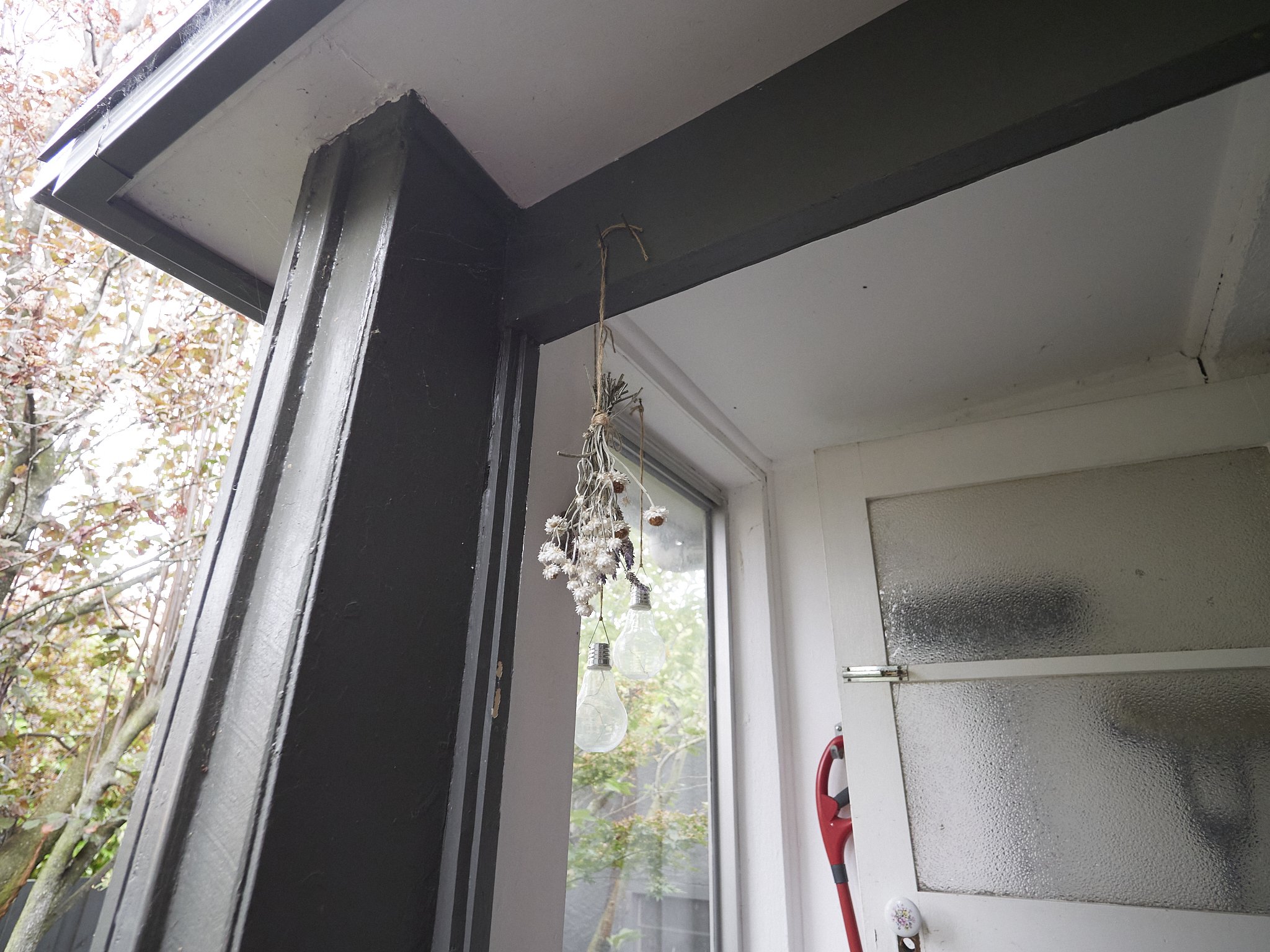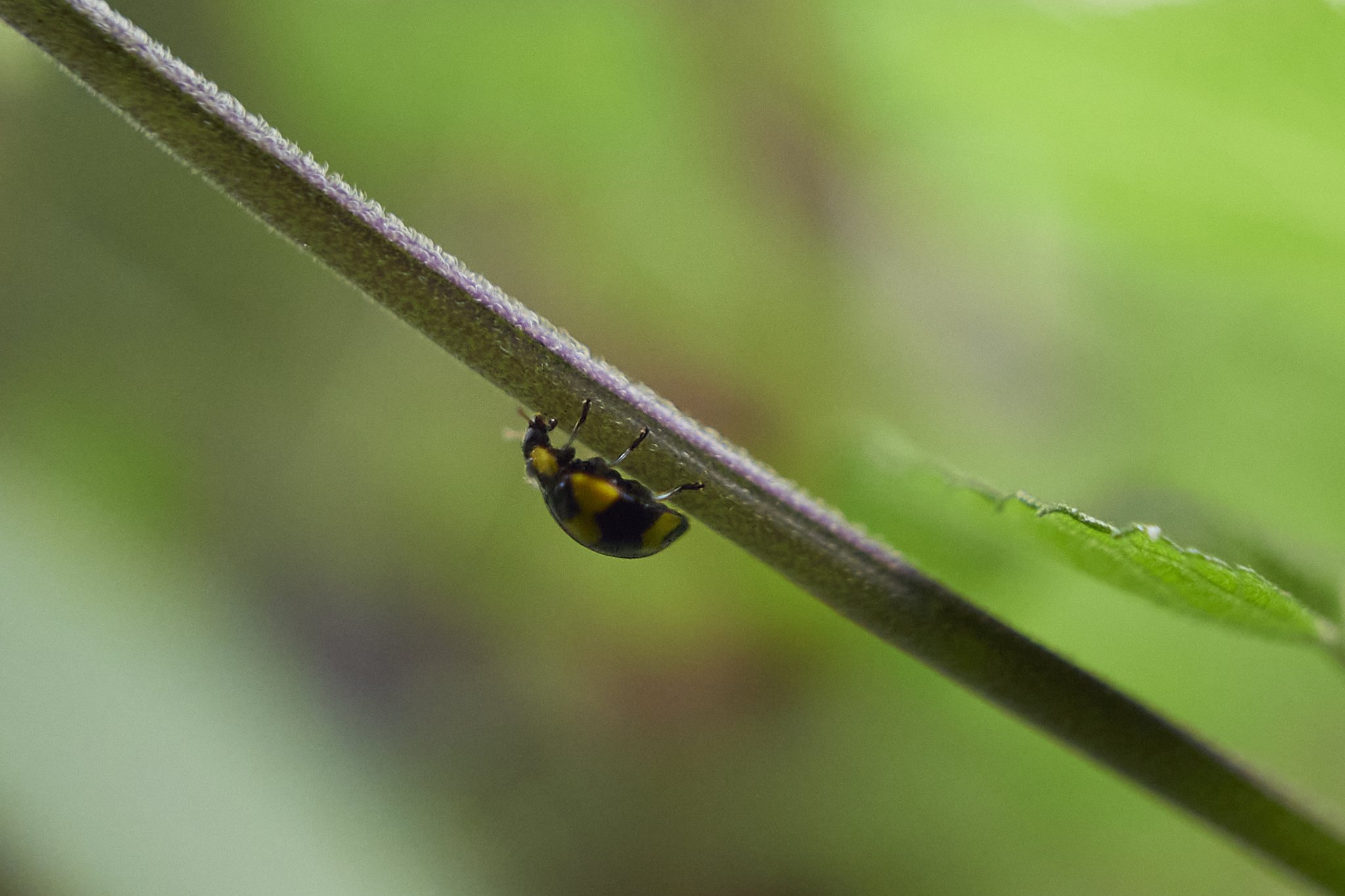Being new to the art, I have been a sucker to the standard video myths going around.
These are not bad things, it is just that in stills photography I am sorted, I know what I want and need. I get a new camera, I find out how good it is at doing what I need and I set it up to do it.
With video, I have been at the mercy of those who have gone before and that has, to be frank, cost me money, often confused me and usually for little benefit.
Rig after rig has been made, but usually, I have a camera in hand, caged to take a mic and maybe a handle and that is all. It works when I stay close to home (being a still togs routine) and do not over think or over build it.
The reality is I guess rigs are a way of differentiating a stills camera from a video camera, both practically and perceptually, but I feel much of it is based on perceptions of need not actual need.
A stills camera was once very different to a video camera, one being held to the eye in front of the face, the other to the eye from the shoulder. Mirrorless cameras are allowing us to do both either way and adding more to this is only necessary when you have no better option.
Even this seems over done.
Examples;
“Always start with a cage”
Good advice, but if you see where I am going below, ask yourself exactly what will it be used for?
No handles, no screen, no power options mean no cage needed. I will use them, because they add protection, I have them and they do take the odd extra accessory, but like all the rest, only if they do not get in the way.
I do always have a Neewer universal tripod plate on the base, because it allows easy mounting and un-mounting from the various items below or my tripod.
Peripherals to the core.
“After a cage add rails”
Rails take accessories like power banks and SSD’s and add a little “heft”. They accomodate chest and shoulder rigs, look cool, but they also take up a lot of room, are cumbersome and can end up being heavy (not always a bad thing).
I like a short rail set to hold battery/SSD options and one accessory I do like is a chest (leg/wall/shoulder) pad. A 16” rail set is a genuine benefit to a run-n-gun shooter, until it is not.
”You must get a screen”
So I did, two in fact and to be brutally honest, I find them unintuitive, limiting, messy and generally a distraction. My best results all around (and this fixes most other issues) has been to use the cameras touch screen or just put my camera to my eye………. *.
A lucky hit with this 1cm long fly, using manual focus and “drifting” with a 150 macro at T3 on a windy day. I simply could not have done this any other way without a lot of environmental control.
Yup just like stills shooting, this is (1) the best viewfinder in all conditions and (2) provides the most stable shooting platform. For AF I like the touch screen focussing and controls, which these cameras champion, so handing it over to another screen without this feature seems pointless**. The AF on the S5 or G9 mk1’s behaves better if you touch confirm the focus point.
Otherwise I manually focus and rarely find the screen better than the eye or sometimes even the rear screen for overall handling. They are clearer in lower contrast situations, but the eye piece is clearer again.
It is not a coincidence that this is basically the same way I shoot stills with a mirrorless camera, something I have been doing for a long time. Maybe if I came new into the video space I would adapt to other methods better, but now, whenever the job gets tough to pull off, I go back to what I do best.
The clip below is shot with a weighty 50mm cine lens on my S5 hand held, up to my eye using the body only stabe, not the static mode which is even better. I may see slightly better performance with an S5II, but I would only get dead still from a tripod.
There is also the battery weight and screen mount issue. I have several and the reality is, if you use a heavy battery the mounts tend to creep, especially if you want them “soft” enough to adjust. I have probably fixed this with a Smallrig NP battery adapter shifting the weight to the rails, but that may also be a wasted buy.
I will use mine for static jobs, to impress clients and share the view, but for me now and how I work, the rear screen just works, switching to the view finder when that fails.
Ironically, I find the cheaper 7” handy for large group photos, to catch those kids who enjoy adding “character” to their images.
“A top (side) handle is a must”
I have several and I do find them “handy” for carrying and for adding mics etc even for a little added peace of mind. Fact is, I don’t feel comfortable with them for movements. Ironically I only have a need for a top when I use a follow focus and screen, each perpetuating the need for the other.
Mostly I find movements are smooth enough with one hand on the camera’s grip and a hand under the lens or fingers on the left side handle if using touch focus, just like a stills shooter. Handles would only add similar but different contact points. A top handle is usually best when the rig is heavy, which is something I try to avoid anyway.
Something I also notice when the rig is heavy, is that the angle of a top handle tends to be too extreme to be comfortable, so a two handed grip and supporting shoulder strap works better for me.
If I add a left-side handle, it often ends up resting on the wrist of my focus hand when manually focussing (not always comfortably) or on my two end fingers if touch focussing, while also protecting my screen, but recently I started using a cheap screw-in straight handle which is more comfortable and mounts in seconds.
“You should get a gimbal”
Nope, never did, never will (actually have a mechanical one, but never use it). Stabilising is important to some extent, depending on circumstance and shooting style, but a big, expensive, complicated, fickle gimbal takes me into a place I don’t like.
Uh…no.
There are other methods of achieving smooth movements such as shooting in slo-mo, swinging your upper body while bracing the camera on a body strap, using a chest pad on rails and pivoting off your body or leg, suspending the whole thing from your strap, all requiring practice, but then so does a gimbal and they never run out of battery power.
I have noticed aslo that a lot of movements are used because of an available gimbal, movements that are a new tool, which is great, but often they have another way of being accomplished.
Forming a triangle is the key, which putting the camera to your eye also achieves. Of course if you look at the pros, a decent tripod works best.
I guess also determining what you have to achieve compared to being hooked on a new toy and feeling you have to use it is part of it. Have gimbal-will gimbal, seems to be common. Don’t have gimbal, will make do is also a choice.
To be completely honest I rate camera stabilisers over AF for video work, but neither overly highly.
I am a bit of a hypocrite here, buying OSMO’s, G9’s, G9II’s, EM1X’s and S5’s in part for their stabilising, but these are easy to apply and good but not often perfect.
Not perfect is good, not perfect is natural. It teaches you better technique and adds some organic feel to your shooting. It also reminds you that there are perfectly good tripods, sliders and even table tops at hand. Often the easiest answer is weight (but that would mean more crap!)*.
“A drone adds options”
They do, but they are also over used, so I will avoid them until I cannot anymore. I will focus on the basics and perfect them. Drones fall into the big production or cheap gimmick zones and need skills.
Great for an impressive establishing shot, an emotionally detached glide-over or a risky fly through, there are other ways and if you really need this and others do it better than I do. Often a business has some drone footage already, you just need to incorporate it with your end edit.
I do have a “faux” drone with my OSMO on a 3 mtr pole. This can do otherwise prohibited indoor overheads, under water shots, unusual fly throughs etc, so I do have a drone in a way.
“Follow focus rigs help manual focussing”
Yes they do, but they also make for over thought and fragile rigs, slow setups and lens changes and again, often seem more effort than their reward. The reality is, a good focus puller is like gold, but for an experienced stills shooter, they take what I know and turn it into an alien beast.
Again, like a screen I will use mine, but often not. The large gear is a good way of shortening throw, but touch AF, Panasonic lenses with programmed throw and even some stills lenses are as good for me. Even the short throw 12-40 Olympus has become second nature.
The reality is, I want to cradle the lens with my left hand, the hand that focusses*. Using a follow focus changes the balance to above or the other side.
One use I have found for it is upside down on the right side with a shoulder rig so my right thumb can pull focus, but that is my biggest set-up.
“Your best friend is a tripod (or slider)”
This one is true and goes all the way back to the beginning of image making.
Motorised sliders are little like gimbals and drones, in fashion now, but it will fade. A mechanical one gives you plenty of control for slo-mo’s.
Lots of these items are probably more use to a solo shooter like a motorised slider for B-roll in an interview, but are easily solved with a friend at hand.
“You need “X” (filter/old lens/retro grade) for the cinematic look”
This is more a matter of finding your own style than anything else.
The cinematic look is what? Go to the cinema and you will see all manner of “styles”, some near perfect, some edgy, dark or dirty, many created with gear well beyond most of us, some with less than you probably own.
More often than not, the cinematic look comes from good framing, good technique and vision.
I have legacy glass, streak and mist filters and tend to avoid them unless I am asked to add the “Netflix” look or “you know, like on the Star Trek movies”. It also make me laugh when people react better to the cheap or home made versions over the $200+ ones. Laugh until I cry that is.
*
A trend I am seeing here is, the more stuff you add, the more you tend to need to support it and the basics are still often the best option.
In my reality the camera is usually playing two roles, a true hybrid dynamic, so rigging up the camera for video makes stills impractical. I know from the paper that I can make a stills camera work for video, but not the other way around. Putting the camera to my eye for example excludes the use of rails, long mics, screens, cables, deep top handles etc, but being able to put it to my eye does not stop it being a video camera.
A screen needs power, often a handle to mount it on and that often removes features the camera offers. A follow focus changes camera dynamics, gimbals tend to own the whole thing and they all lead to other fixes, often expensive, heavy, un-intuitive fixes.
The longer I do this, the more I am coming to realise I don’t need it. Nice to have, impressive to look at, sometimes situationally indispensable, often over done and certainly over thought.
Looking into the future, sometimes I will use the rails for a power source (Mic, screen, light, interface), a mic interface (AMS-24), the chest pad, side handle and a top handle because that rig actually becomes heavy enough to use one and top handles do make mic mounting easier. This will be my go-to (or nothing) and the rest will be saved for those big interview shoots where time, space and the need for luxury will push to the front.
*Hand holding a heavy cine lens to my eye with an S5 is plenty steady, easy to focus and crystal clear even in daylight glare. I have been tempted by the S5II’s better stabe, but question whether I even need it.
**Some of you may also have already twigged that the best way to use the actual cameras best functions on a screen is the use their app on a phoen, avoiding messy cables at the same time.





































































































